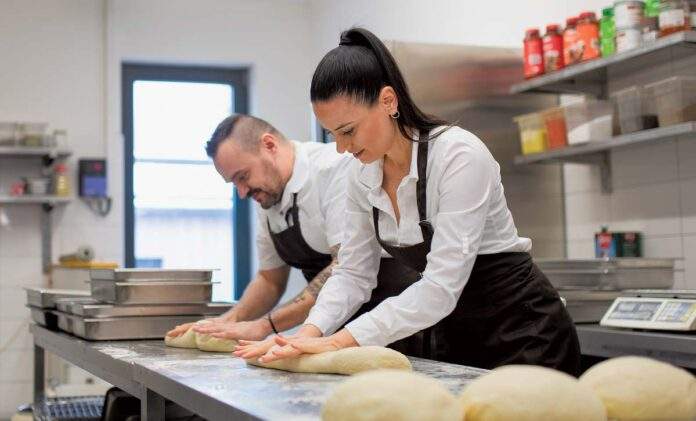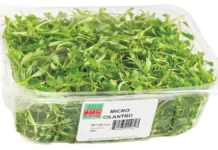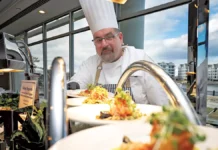
Does your restaurant food cost look high to you? As we’ve all seen, the cost of goods that you sell has skyrocketed with high inflation and logistical issues everywhere you look.
While a lot of factors are contributing to increasing costs in the restaurant industry, it’s still possible you’re using the wrong numbers when calculating your food cost and your food cost might not be as high as you think.
In a restaurant, there are three things that cost you the most amount of money. First is an empty chair. Yes, an empty chair. You pay all these bills to have people come into your restaurant, but if nobody is sitting in there with a wallet to pay you, then your restaurant is costing you money.
Next is labor cost and then food cost, especially if you’re a restaurant where food is 60, 70, 80, 90 percent of what you sell. While food costs have been doing nothing but going up, there are times where I find that I’m working on budgets with a new member, going through line by line on that budget, and we get to the food cost and it looks really high. When this happens, I know they’re probably using the wrong number.
Here is what I mean. The first question I ask a restaurant owner when we get to this point is whether they take inventories on a weekly basis to calculate their food cost, or are they just using purchases for their number? Probably nine times out of 10, the restaurant owners who go through my coaching program are using their purchases divided by sales.
This is the wrong number. Your food cost calculation is not what you purchased divided by sales. It’s what you use. The correct food cost calculation is beginning inventory plus purchases minus ending and that gives you use. You must take inventories for value. Purchases divided by sales is not food cost because the change in inventory can be too radical. You could have purchased a ton of product but had really low sales. When this happens your food cost looks falsely high. And the next month, your sales are high, but you had so much food on the shelves you didn’t have to order that month that it makes your food cost look falsely low. Instead, you want to determine what actually leaves the shelves to get the accurate food cost number.
The next question I ask restaurant owners is are they separating their products on their food distributor invoices for everything that’s not food. If it’s not food, what else would it be? Janitorial supplies, paper supplies, small wares, equipment, etc. You don’t sell bleach. You don’t sell toilet paper (usually) or tongs. These are all things that could be on the same invoice from your broad line distributor. And if you don’t separate the food products from everything else, your numbers show that all as product. That’s the simplest way to think of it: When you hear cost of goods sold, it’s the cost of the goods you sell. So, when you sell a plate with food on it, it’s only food, no janitorial and no paper.
Food is food and cost of goods sold is the cost of the product that you bring in divided by gross sales (the ring of the register before discounts). So how do you ensure your food cost is accurate?
One, you must take weekly food inventories for value, not for an order. You’re not counting stuff to figure out how much to order. This is for value. That means you need to have a system in place where you know everything on your shelves and what it costs. This is for a product you buy from a distributor or a product you make, such as meal components like onions, soups, sauces, desserts, dressing. It’s the products you buy plus the products you make and the value of those things on your shelf.
Two, categorize all your invoices into food, janitorial, paper, small equipment and so on. By the way, did you know you can simplify this process? Automate this process. Find a good cost of goods sold software. You can use it to help you order, take inventory, and make recipe costing cards. All your numbers are automatically input, and you can use the reports to set up shelf-to-sheet inventory so you can take inventory accurately on a weekly basis in under an hour. Doing this means you’ll know your food cost within minutes of completing that inventory. Best of all, you’ll know your food cost is right.
If your food cost looks high, make sure you’re using the right numbers first. If you want to know the right numbers and know what your food cost should be, start taking inventory weekly, separate your order in food vs everything else and then use a cost of goods software to automate it all.























